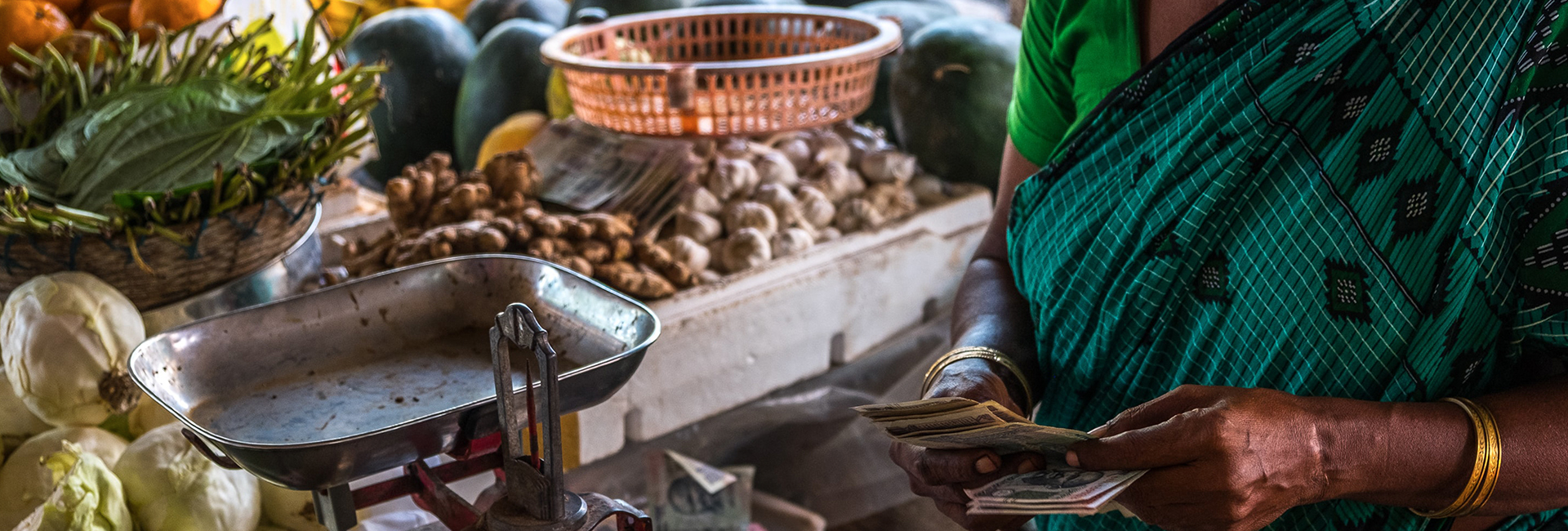India is home to a host of languages, climates, and traditions. Defining your target audience is key to understanding consumer behavior in India. Here’s how to grow your brand in this fast-paced market.
India is made up of 29 states and seven union territories. While city startups attract major investment, rural villages hail electricity and sanitation. It’s the birthplace of major religions and home to 19,500 languages/dialects as well as 1.3 billion people.
Marketing in this diverse region can be daunting. But the potential is huge. India is set to overtake the US economy by 2030, second only to China. It already has the second-largest internet population – and only 41% of citizens are online.
Big brands are already investing in Indian expansion. Are you ready to do the same? Here’s what you should know about consumer behavior in India.
BIG SAVERS
India is known as a country of savers, though spending is on the rise.
Disposable income is increasing. By 2030, 80% of households will be middle-income, compared to 50% today. This growing middle class is expected to drive consumer spending – buying more and buying better.
Access to credit also plays a key role. Household debt stands at 15.7% of GDP – low for an emerging market. However, the level of debt doubled in 2017. This is a rapid change in consumer behavior that’s at least partly generational.
Indian millennials still value traditional priorities, like income and home ownership. But they have other goals, too. This shows in their spending priorities. For example, 62% go on holiday 2-5 times a year – even if this means borrowing. The top goal for millennials is to make a positive impact on society (57%).
Value for money is an important factor in determining consumer behavior in India. Indian shoppers are well-informed and want to get a good deal – even for luxury products. This isn’t the whole picture, though. Make sure your brand values come across clearly, particularly if your business is a positive social force.
NEW TO eCOMMERCE
There are over 15 million traditional “kirana” stores in India – 88% of the retail market. Many families visit every 2-3 days to stock up on fresh produce. Storekeepers enjoy long-standing relationships with their customers and detailed knowledge of their likes and needs.
eCommerce is new to many Indians, particularly outside the big cities. Programs like Amazon Easy are connecting traditional stores to the eCommerce sector. Kirana shops can act as delivery points or help customers place orders. Innovative strategies like this help bridge the gap between customers and new technology.
It’s not surprising personal communication and trust are so highly valued. Bargaining is a national pastime. And even major brands have had safety scandals, such as Maggi noodles containing lead.
For eCommerce, clear customer support and payment channels are key in building trust. Digital payments are on the rise, but cash on delivery still makes up over 50% of transactions.
Building trust also means ears to the ground. Research your audience carefully and consider expanding one city at a time. Then follow up with great service and a clear returns policy.
FAMILY-ORIENTED
The Indian family is changing. Traditional, multi-generational households are in decline. In fact, only 37.1% of Indians now live with extended family. Nuclear families are the new norm, while single-person households remain rare (4.1%).
Marriage is still central to most people’s lives. It’s not unusual for people to spend 20% of their lifetime’s earnings on their wedding. And spending is rising at over 20% per year, fueled by the increased financial power of the nuclear family. This means weddings are a major focus for the apparel, beauty, events, and luxury sectors.
Themes of nurture, care, and affection are prominent in advertising – and successful. Take Samsung’s ad for its rural repair service. It shows a determined van driver overcoming all obstacles to help a customer in need. The ad gained 35 million views in two weeks, showing its customers the brand’s warmth and commitment.
As India’s culture is diverse in every sense, brands should aim to appeal to shared values. Champion aspirations, not ideology. A touch of drama never goes amiss either.
FINAL THOUGHT
Consumer behavior in India is complex and fast-changing. Expanding to this market isn’t for the faint-hearted. But the opportunity is well worth the effort. By researching your market, you can determine which locales to start with and gradually expand your strategy based on market insights and measurable results.


